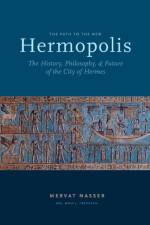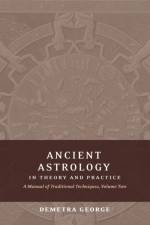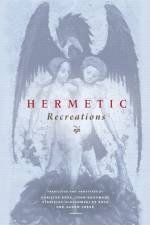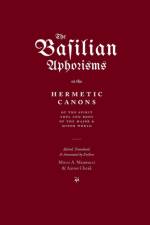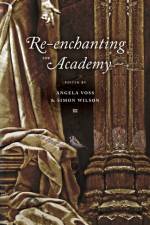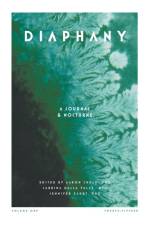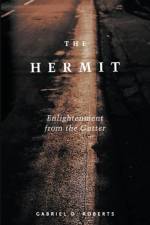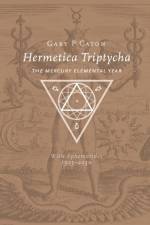- The History, Philosophy, and Future of the City of Hermes
av Mervat Nasser
281
Straddling the two lands of Upper and Lower Egypt, Hermopolis-the City of Hermes-marks the ancient and future capital of Middle Egypt. In this book, Dr. Nasser presents a much-needed introduction to the history and territory of Hermopolis, as well as the values that emanated from this cosmic city to shape our thinking throughout the ages. In particular, Nasser traces the Hermetic concepts of humanism, idealism, utopianism, and fraternity, and argues that these ideals inspire our dreams for a better world.Presented as a philosophy of hope, the influence of Hermeticism runs like a river through Egyptian, Hellenic, Sü, Renaissance, and Romantic territories, before branching into the delta of twentieth century philosophical and psychological thought. Drawing on her experience as a practicing psychiatrist, Nasser shows how the existential pioneers of the last century not only acknowledged their debt to their Hermetic past, but also spoke to the emergence of a new Self capable of exploring and integrating its multiplicities.The principle of eternal renewal based on deep historical foundations also guides the author's own project of creating the New Hermopolis in Egypt today. While the intangible heritage of Hermopolis transcends its local territory, its legacy cannot be revived if its foundations are not studied, explored, and developed. In the ¿nal chapter of this book, Nasser describes her own path of physically reviving this centre in the spirit of its past while simultaneously forging it in the vision of an integral future. Like the lotus that bears the newborn sun, New Hermopolis emerges as a cultural, ecological, and intellectual centre with the potential to breathe new life into its land and the wider world.



